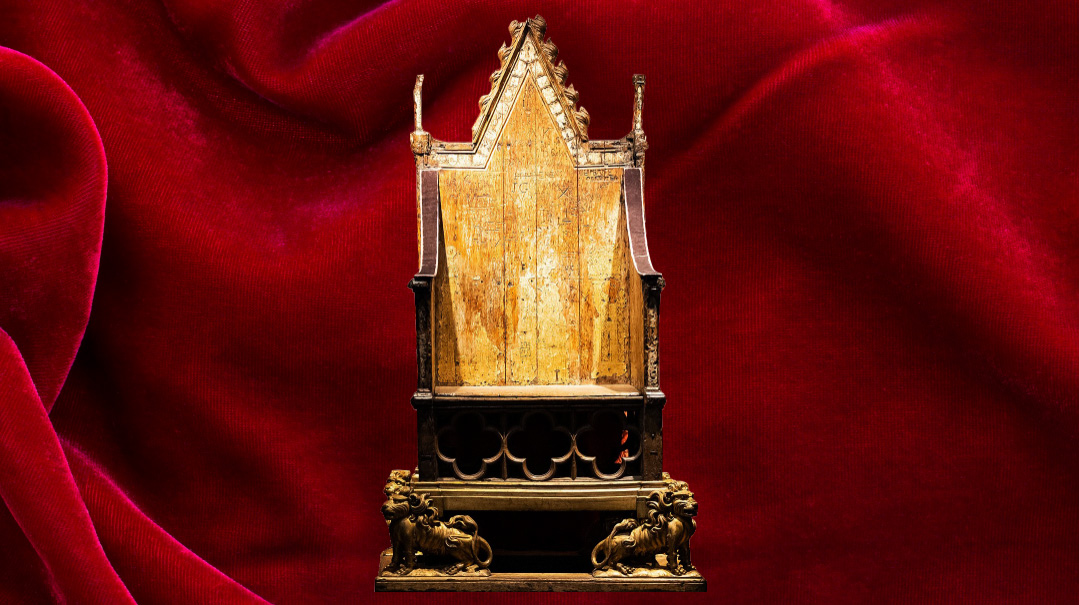Crown Jews

Ties past and present between Britain's monarchy and its Jews

As Britain’s Jews will be marking this week’s “Coronation Shabbos” with kiddushim, special tefillos for the peace of the kingdom, and an invitation for the chief rabbi to stay with King Charles over the weekend in order to attend, the historical record tells of different, more challenging times: of occasional protection by the king and relative stability, but also of expulsions, pogroms and mass murders. A millennium timeline of survival
When King Charles III is crowned in Westminster Abbey this week, it will be in a ceremony whose central moments are drawn from the Tanach.
Screened from the thousands watching inside the ancient building, and the vast audience expected to watch the media coverage, are the moments when the king is anointed — a ritual harking back to the coronation of Shlomo Hamelech by Tzaddok HaKohein, as recorded in Sefer Melachim (interestingly, the haftarah of this week calls the Kohanim “Bnei Tzaddok” in a reference to that early Kohein Gadol.)
So conscious is the echo of the Jewish kings of old that the oil used for the ceremony was produced on the Mount of Olives to emphasize the source of the tradition, which British monarchs have followed for centuries.
But while Shabbos will prevent an audience of Britain’s notably royalist Jews from tuning in, the Biblical motifs highlight a relationship between the Crown and the Jewish community that dates back almost one thousand years.
It was Charles’s ancestor, Norman duke William the Conqueror who invited French Jews to live in England after he wrested control of the country from the last Saxon king in 1066.
Over the millennium since, Jews have drifted in and out of British history. First came communities headed by famous Baalei HaTosafos, then expulsion, a centuries-long absence, and a renewed presence. In the modern era, Jewish aristocrats like the Rothschilds and politicians like Benjamin Disraeli made their mark on the country and its royals.
In a sense, the story of Britain’s kings and Jews is the long arc of the rise of liberalism in the country. Because one thousand years after William, whose power base was today’s coronation venue Westminster Palace, his descendant’s decision to invite Chief Rabbi Ephraim Mirvis to stay with him over Shabbos to enable the chief rabbi to attend the coronation (see sidebar) is a sign of the official respect that today’s Jewish community enjoys.
As Britain’s Jewish communities mark the Coronation Shabbos with kiddushim and — in some cases — a special tefillah for the event, the following is a gallop through ten centuries of Royal-Jewish history.
I’m joined by Rabbi Aubrey Hersh, longtime lecturer at London’s Jewish Learning Exchange and host of the popular podcast “History for the Curious” in an (unscientific) attempt to highlight the villains and heroes, eras and trends of a relationship that began all those years ago, back when English Jews spoke French.
Oops! We could not locate your form.







